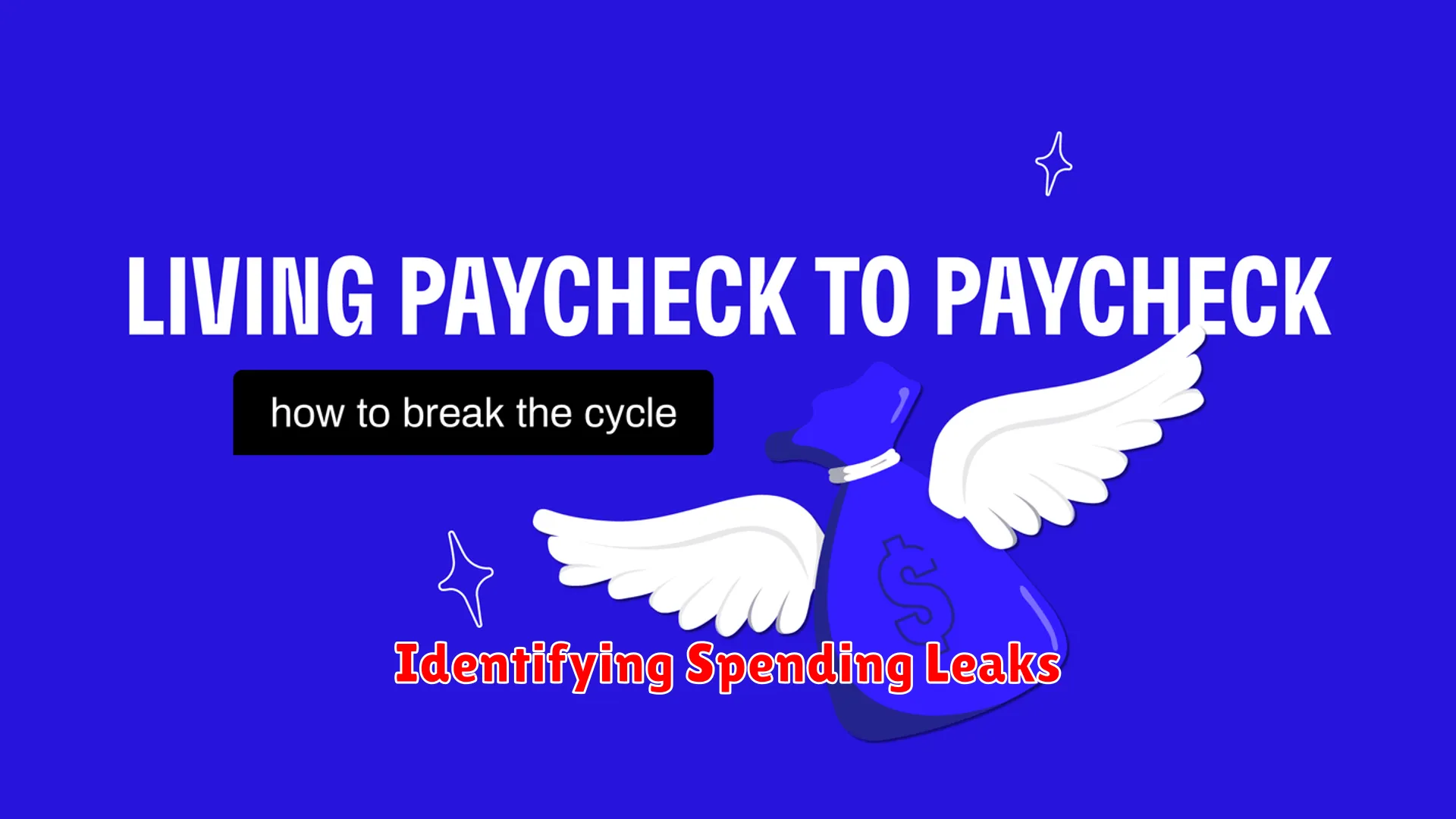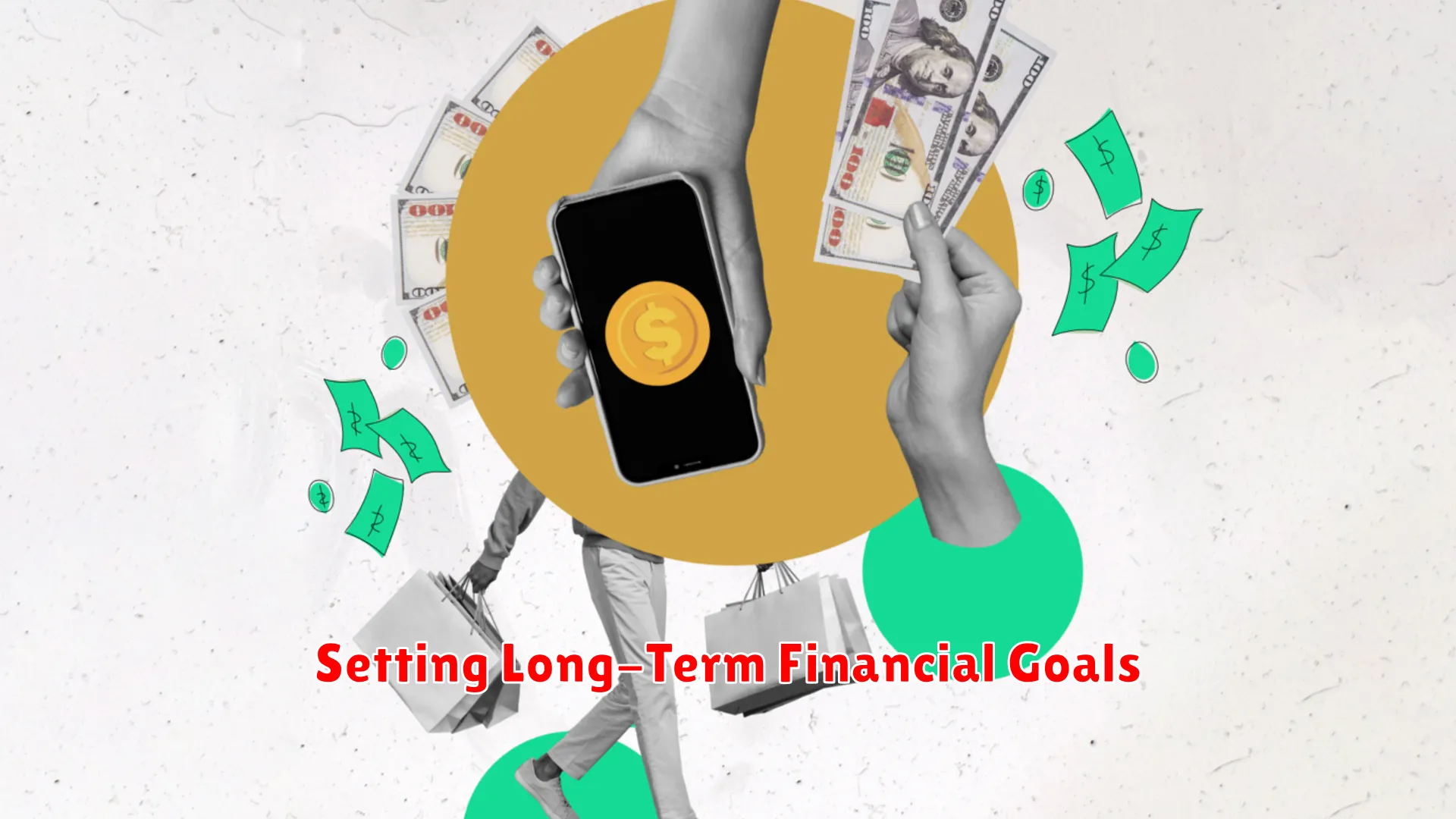In this article, we delve into strategies and tips on how to break free from the cycle of living paycheck to paycheck. Discover actionable steps towards financial stability and building a more secure future.
Identifying Spending Leaks

In order to break the cycle of paycheck to paycheck living, it is crucial to identify any spending leaks in your budget. These leaks are where your money is slipping away unnoticed, preventing you from saving and building financial security.
One way to identify spending leaks is by tracking your expenses diligently for a month. Create a detailed list of every purchase and analyze where your money is going. Look for patterns or areas where you are overspending.
Another method is to review your recurring bills and subscriptions. Are there any services you are not using but still paying for? Cancelling these unused subscriptions can help plug the leaks in your budget.
Audit your shopping habits as well. Are you prone to impulse purchases or buying items you don’t really need? Being mindful of your spending behavior can help you pinpoint areas where you can cut back.
By identifying and addressing spending leaks, you can free up more money to allocate towards savings, emergency funds, or paying off debt. Taking control of your finances in this way can help you break the cycle of living paycheck to paycheck.
Creating a Realistic Budget

When it comes to breaking the cycle of living paycheck to paycheck, creating a realistic budget is key. Follow these steps to establish a budget that works for you:
Evaluate Your Current Finances
Begin by taking a detailed look at your current financial situation. Calculate your monthly income and expenses to understand where your money is going. This will help you identify areas where you can cut back.
Set Clear Financial Goals
Define your short-term and long-term financial goals. Whether it’s building an emergency fund, paying off debt, or saving for a big purchase, having clear goals will guide your budgeting decisions.
Create Categories and Track Expenses
Organize your expenses into categories such as housing, transportation, groceries, and entertainment. Track your spending in each category to see where you may be overspending and where you can make adjustments.
Make Realistic Cuts
Identify expenses that can be reduced or eliminated. Look for non-essential items that you can live without and make bold cuts where necessary to align your spending with your financial goals.
Adjust and Review Regularly
Budgeting is an ongoing process. Continuously monitor your spending, review your budget, and make adjustments as needed. Be flexible and willing to adapt your budget to changing circumstances.
By creating a realistic budget and sticking to it, you can break free from the paycheck to paycheck cycle and take control of your finances.
Building an Emergency Fund

In the journey to break the cycle of paycheck to paycheck living, building an emergency fund plays a crucial role. An emergency fund acts as a financial safety net that can help you navigate unexpected expenses or emergencies without falling back into financial stress.
Creating a budget is the first step towards establishing an emergency fund. By tracking your expenses and income, you can identify areas where you can cut back and allocate the saved money towards your emergency fund. It’s essential to prioritize this fund in your budgeting process.
Setting a savings goal for your emergency fund can provide a clear target to work towards. Aim to save at least three to six months’ worth of living expenses for full financial security. Start small if needed, but make consistent contributions to this fund to gradually build it up.
Automating your savings can make the process easier. Set up automatic transfers from your checking account to your emergency fund account each time you receive your paycheck. It ensures that you prioritize saving before spending and eliminates the temptation to skip contributions.
Avoiding touching the fund for non-emergencies is vital to its growth. Reserve it only for true unforeseen events like medical emergencies, car repairs, or job loss. Having this fund in place can provide peace of mind and reduce the reliance on living paycheck to paycheck.
Finding Ways to Increase Income

Breaking the cycle of living paycheck to paycheck can be a daunting task, but one effective way to achieve financial stability is by finding ways to increase your income. By diversifying your income streams and exploring new opportunities, you can take control of your financial situation and work towards a more secure future.
One way to increase your income is by exploring side hustles or part-time jobs. This can be anything from freelance work in your field of expertise to offering services or products online. By leveraging your skills and interests, you can find extra sources of income that can supplement your main salary.
Another option is to invest in yourself through education and training. By acquiring new skills or certifications, you can make yourself more marketable in your current job or open up opportunities for higher-paying positions. Investing in your own growth and development can lead to long-term benefits in terms of income potential.
Consider also looking for ways to monetize your hobbies or passions. Whether it’s starting a small business selling handmade crafts or monetizing a blog or social media presence, turning your hobbies into sources of income can be both fulfilling and profitable.
Lastly, don’t underestimate the power of networking and building professional relationships. Sometimes, opportunities for higher-paying jobs or lucrative partnerships come through connections and referrals. By actively networking and expanding your circle, you may come across opportunities that can significantly increase your income.
Setting Long-Term Financial Goals

Setting long-term financial goals is crucial for breaking the cycle of paycheck to paycheck living. By establishing clear objectives for your financial future, you can take proactive steps towards achieving lasting financial stability.
1. Identify Your Priorities: Start by determining what financial success means to you. Consider your short-term needs and long-term aspirations. This will help you set meaningful and achievable goals.
2. Create a Budget: Develop a budget that aligns with your goals. Track your income and expenses to gain a clear understanding of your financial habits. This will enable you to make informed decisions about your spending.
3. Save and Invest Wisely: Allocate a portion of your income towards savings and investments. Building an emergency fund and investing in assets that generate passive income can provide a financial safety net for the future.
4. Monitor Your Progress: Regularly review your financial goals and adjust them as needed. Track your progress towards achieving these objectives and celebrate milestones along the way.
5. Seek Professional Guidance: Consider consulting with a financial advisor to help you develop a comprehensive financial plan. A professional can provide valuable insights and strategies to support your long-term financial goals.
Conclusion
Breaking the cycle of paycheck to paycheck living requires diligent budgeting, saving habits, and financial planning. By taking proactive steps towards financial stability, individuals can achieve long-term independence and security.

